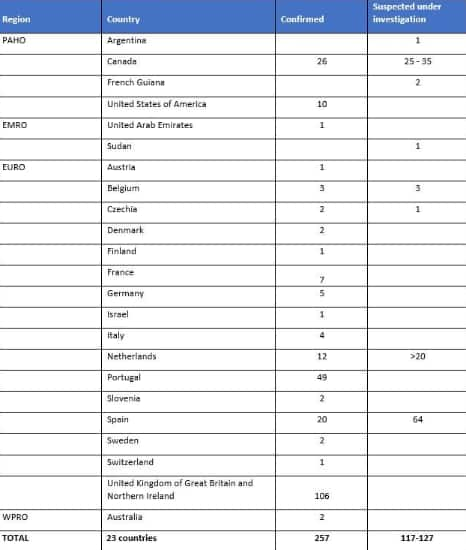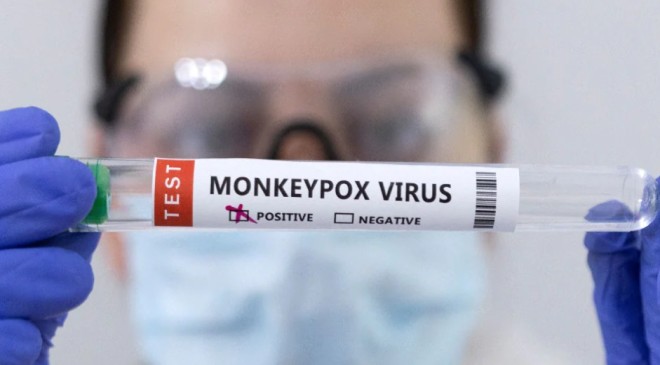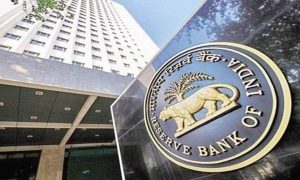The global health body said that the sudden appearance of monkeypox at once in several countries where the disease is not typically found suggests undetected transmission for some time and recent amplifying events.
New Delhi: The World Health Organization (WHO) on Sunday (May 29, 2022) said that the monkeypox virus has now been confirmed in 23 non-endemic countries and that there has so far been a cumulative total of 257 laboratory-confirmed cases and around 120 suspected cases. In a statement, the global health body said that the sudden appearance of monkeypox at once in several countries where the disease is not typically found suggests undetected transmission for some time and recent amplifying events.
Read More:-Investment guide for NRIs and OCIs: How to build a robust portfolio during volatile times
“The public health risk could become high if this virus exploits the opportunity to establish itself as a human pathogen and spreads to groups at higher risk of severe disease such as young children and immunosuppressed persons,” the health agency said.
As of May 26, a total of 257 confirmed cases and 120 suspected cases have been reported from 23 member states that are not endemic to the virus, the WHO said and added that there have been no reported fatalities so far. The agency also stated that it expects more cases to be reported as surveillance in endemic and non-endemic countries expands.
Monkeypox outbreak: Immediate actions should focus on three things
To contain the spread of monkeypox, the WHO said that the immediate actions should focus on the following:
1. Providing accurate information to those who may be most at risk of monkeypox.
2. Stopping further spread among groups at risk.
Read More:-WhatsApp push notification bug fixed for desktop users
3. Protecting frontline health workers.
A look at the number of cases of monkeypox in non-endemic countries between May 13, 2022, and May 26, 2022:

A look at the number of monkeypox cases in endemic countries

What is monkeypox disease?
Read More:-Lost your ATM-cum-Debit card? Here’s how to block the card
Monkeypox is a rare viral infection similar to human smallpox. It was first discovered in 1958 in monkeys kept for research and the first human case of monkeypox was reported in 1970. The disease occurs primarily in tropical rainforest areas of Central and West Africa.
The virus belongs to the family Poxviridae, which also includes the viruses causing smallpox and cowpox disease.
What are symptoms of monkeypox?
Monkeypox typically presents itself with fever, rash, and swollen lymph nodes and may lead to a range of medical complications. The disease is usually self-limiting with the symptoms lasting from two to four weeks. Severe cases can also occur. In recent times, the case fatality ratio has reportedly been around 3-6 per cent but can be up to 10 per cent. There are no reported deaths in this current spread.
How does monkeypox virus spread?
Monkeypox is transmitted to humans through close contact with an infected person or animal, or with material contaminated with the virus. It reportedly is spread by rodents such as rats, mice, and squirrels.
The monkeypox disease is transmitted through lesions, body fluids, respiratory droplets, and contaminated materials such as bedding.
Health officials have also noted that some of these infections may be transmitted through sexual contact. The WHO said it was also investigating many cases being of people identifying as gay or bisexual.
The virus, however, is said to be less contagious than smallpox and causes less severe illness.
How is a monkeypox case treated?
Vaccines used during the smallpox eradication program also provided protection against monkeypox. Newer vaccines have been developed of which one has been approved for prevention of the disease. An antiviral agent developed for the treatment of smallpox has also been licensed for the treatment of monkeypox, according to WHO.





































